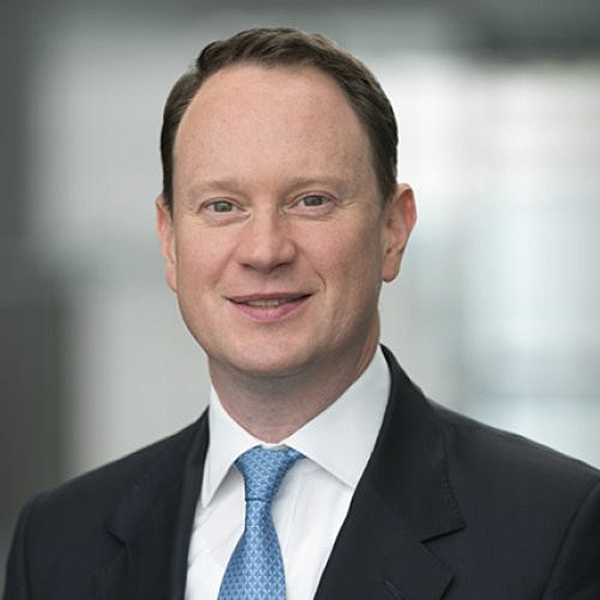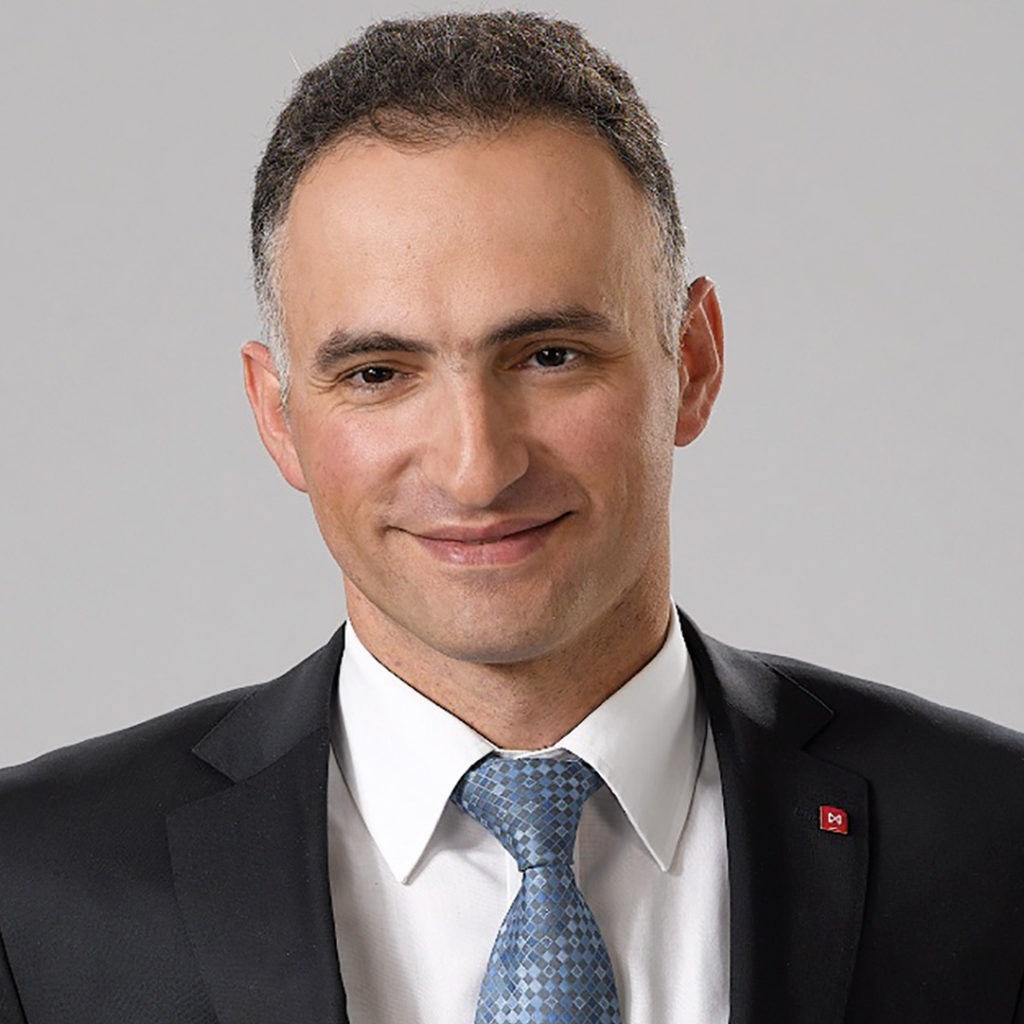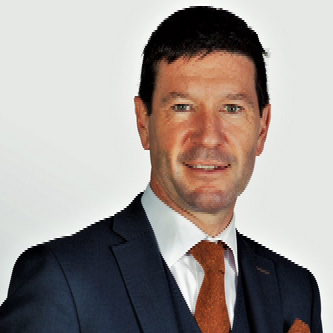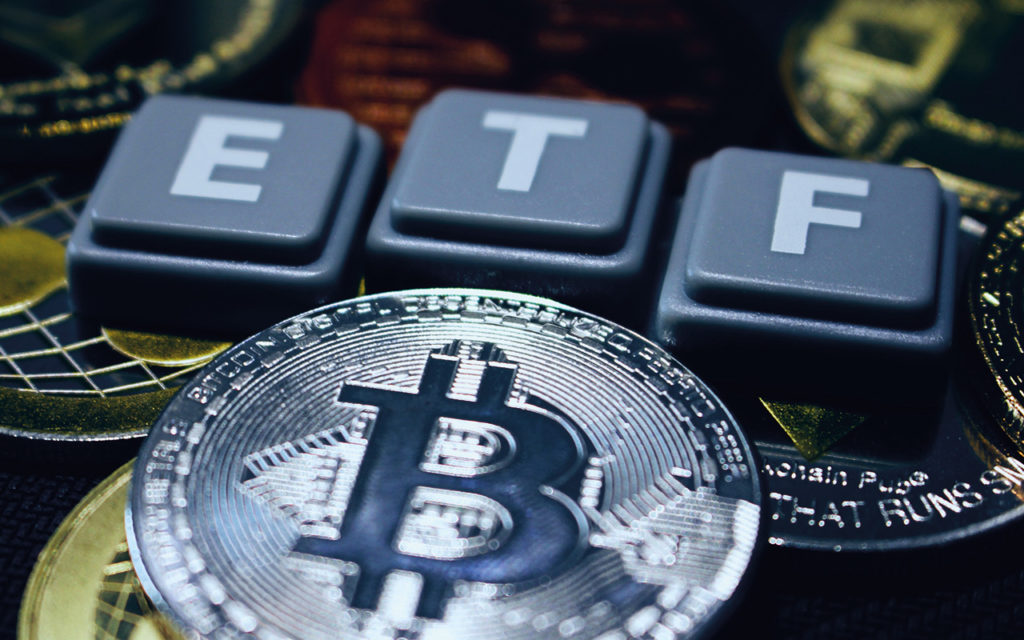Back in 2007, before the global financial crisis, the idea of encouraging more exchange trading for FX was one that split the market. At the Sibos conference, the annual event run by the interbank cooperative Swift, a panel discussion on the subject underlined this split. It featured Mark Robson, the chief executive of FXMarketSpace, a centrally cleared, global FX platform for the OTC market launched in 2006 by Reuters and the Chicago Mercantile Exchange (CME) in an effort to bring an exchange-based marketplace the FX industry. Robson’s argument back then was that FX participants wanted more anonymous trading to stop rival traders backward-engineering their algorithms. It was an argument that caught little traction with traditional sell-side FX participants who stated that market impact was not really an issue in the primarily bilateral world of FX trading and was an example of traders in other asset classes, such as equities, trying to apply the same models in the FX world.
As it happened, FXMarketSpace folded in 2008, however, a year after that, once the global financial crisis had hit, regulatory attention turned to central clearing and a move away from over-the-counter bilateral trading, including the FX market. In the subsequent decade and beyond, FX trading on exchanges has grown markedly, across the globe. The major exchanges in Europe, the US, Asia, Latin America and the Middle East all continue to develop their FX product range, including FX derivatives, as well as their electronic trading platforms, market data services, connectivity offerings and central clearing services. Furthermore, two rapidly developing markets – Renminbi futures and crypto futures – offer exchanges more opportunity to increased trading activity.
Western Europe – Increased FX trading demand
The German derivatives exchange, Eurex, added FX derivatives to its integrated RFQ platform Eurex EnLight in May this year. The platform already catered for equity index and fixed income options and futures but now has been extended to cover its growing FX market.
According to Eurex the move was driven by the increased demand for FX trading products. “Since the FX market continues to grow, we want to make sure that clients are able to source the most competitive liquidity and benefit from the full suite of execution models,” said Andre Eue, head of market development at Eurex, and Jens Quiram, Head of FX Derivatives at Eurex, about the enhancements.
“Request for Quotes (RFQ) is a common execution protocol in wider FX markets, and clients are also trading in large sizes so it makes complete sense to also offer this for FX and provide execution options that complement the orderbook,” they added.

“Central clearing and guaranteed settlement for cross currency swaps in CLSClearedFX is a world first and we are pleased to have launched this together with CLS to deliver capital, liquidity and settlement benefits.”
Erik Muller
The extension of the EnLight platform was then followed in July by a similar move from Eurex Clearing, the central counterparty which went live with clearing service for deliverable cross currency swaps and OTC FX.
The initiative involved a partnership with CLS, the settlement services provider for the FX market. Transactions are cleared and settled on a net basis across cross-currency swaps and OTC FX and guarantees settlement in CLSCleared FX. German bank Commerzbank, Morgan Stanley and JP Morgan were the clearing members recruited to enable the testing of the service.
According to Eurex, the launch is a world first and offers both a more resilient market as well as a reduction in capital requirements under SA-CCR rules and a provision of liquidity and funding benefits. “Central clearing and guaranteed settlement for cross currency swaps in CLSClearedFX is a world first,” said Eurex Clearing CEO Erik Muller. “We are pleased to have launched this together with CLS to deliver capital, liquidity and settlement benefits — providing further resilience to the market,” he added.
The initiative also supports Eurex and Deutsche Boerse’s ambition to promote a market-wide move from OTC trading to central clearing. Nowhere is this move more evident than in the FX market.
Eastern Europe – Unprecedented inflow
From 2020, there has been an unprecedented inflow of new clients to Moscow Exchange (MOEX) FX markets due to two factors: the lowest ruble interest rates in modern history and a global shift to remote, electronic trading driven by the pandemic. In response, MOEX has continued its focus on liquidity and quality of ruble order books while maintaining focus on developing FX spot trading services in the exchange’s multi-product range of FX spot, swaps, and futures instruments available. This year, the exchange extended its trading hours and began trading FX, derivatives and precious metals three hours earlier from 7.00am to 10.00am Moscow time. The decision was driven by growing demand for ruble instruments among investors from Southeast Asia, primarily China, India, Singapore, Hong Kong and from Russian investors based in the Far Eastern regions of the country. The expanded hours have proven successful – the share of morning hours in the total day MOEX spot volume rose from 6% in March to more than 10% in October 2021. Eventually, MOEX plans to offer 24 hours matching on its FX market.

“Our strategy accounts for how unique MOEX is, as a marketplace different from not only OTC FX venues and traditional derivatives exchanges, but also from settlement and clearing houses such as CLS or LCH,”
Igor Marich
“Our focus on quality of ruble order books and best liquidity has paid dividends,” says Igor Marich, Managing director on sales and business development of MOEX. “In November of 2021, the number of MOEX-registered retail clients surpassed 15 million, which is larger than the entire population of Belgium or Switzerland, largely because of individual investors who obtained direct access to MOEX via simple-to-use but advanced digital channels of local brokers.”
To bring more transparency and market integrity to this rapidly growing RUB FX market, MOEX is launching the Opening Auction in its main FX order books for USDRUB in December 2021. This will enable participants to find true market price and avoid abnormal price fluctuations in the OTC market during a ten minute special pre-market auction from 6:50 to 7:00 a.m. with establishment of true market rate in the last 30 seconds.
“Our strategy accounts for how unique MOEX is, as a marketplace different from not only OTC FX venues and traditional derivatives exchanges, but also from settlement and clearing houses such as CLS or LCH,” said Marich, explaining that MOEX provides not only price discovery and execution services but also subsequent clearing and net settlement service reducing counterparty and market risks for its numerous clients. MOEX group company National Clearing Centre – the NCC acting as CCP – is a key facilitator of post-trade clearing and credit risk management of on exchange FX trades, acting as a significant credit intermediary similar to large FX Prime brokers in global markets.
“The strategic decisions we made and have implemented during 2021 have been successful, and MOEX has been recognized in Euromoney’s authoritative annual survey of foreign exchange market participants,” said Marich. MOEX achieved a second place ranking in customer satisfaction among multi-dealer platforms, fourth place in the overall Best ECN ranking – up three spots from last year – and sixth place by overall volume among the multi-dealer platforms.
In addition to boosting liquidity and order book quality, and in response to the dramatic influx of investors both institutional and retail, MOEX is continuing to invest in its technology offering. The exchange has acquired a stake in the OTC FX platform NTPro, via Swiss-based owner BierbaumPro, which is now 95%.
“NTPro is a popular and fast-growing matching and aggregation FX venue for spot off-exchange OTC transactions, not only in FX but also in metals and other assets. By acquiring a stake in the technology, MOEX now provides for a synergetic product offering the market participants that combines the price discovery and execution technologies of NTPro with the first-class MOEX settlement and collateral management system,” Marich says.
MOEX recently launched the new service of clearing FX trades done by local banks in the OTC space via NCC infrastructure. Now, market participants can enter their OTC spot and swap trades executed on NTPro for MOEX clearing and in December, the functionality will further develop to enable the participants to perform pre-trade checks of their collateral placed with the NCC.
According to MOEX, based on their access to NTPro technologies and given that the exchange’s overseas arm is well-known brokerage house Bierbaum, located in Switzerland, the exchange plans to launch new products and asset classes. These will include NDFs, crypto and CFDs in various asset classes, from FX to equities, fixed income, metals, indices and commodities.
Asia – RMB futures and hybrid trading
One of the clearest trends in global FX trading currently is the high demand for offshore RMB futures. This is because it is the only instrument available for hedging RMB exposure. Despite the pandemic, China is still the biggest trading partner in the world and in addition to the use of Stock Connect and Bond Connect, there has also been an increase in global commodities trading and a lot of US dollar exposure that needs to be hedged.
There are also some global macro trends driving demand for futures – ongoing US China trade tensions, energy shortages and the impact on supply chains, and the fallout from the collapse of Chinese property developer Evergrande.

“Traders see our venue as a significant source of RMB flow and liquidity begets liquidity.”
KC Lam
Singapore Exchange (SGX) as the biggest venue globally for offshore CNH has been a major beneficiary of this trend. “We have an 80% market share with $4bn a day in futures and $10bn of open interest,” says KC Lam, head of rates and FX at SGX. “Traders see our venue as a significant source of RMB flow and liquidity begets liquidity.”
The exchange is also attracting a more diverse set of participants, says KC. “We see a 13% year-on-year increase in volume for the six months ending September 2021. The largest percentage increase came from the buyside and the banks segment of our market. The buyside segment includes trading firms, asset managers, commodity traders as well as banks. The liquidity profile of our FX venue is attractive for hedgers and buyside clients. Moreover, with a diverse client base, many sell side banks are also keen to participate as they see this as an efficient venue for the distribution of their liquidity.”
Another significant driver of exchange trading for FX has been regulation, says KC. More specifically, the uncleared margin rule which will have a seismic impact on those trading firms included under the rules. “The rule will add capital charges and more checks on derivative trading and ultimately make OTC trading more expensive,” says KC. “Firms caught under the rules could mitigate these costs by trading on centrally cleared venues, such as FX futures on an exchange.”
SGX anticipated the trend for traders to take advantage of a more efficient futures format while keeping some positions as OTC equivalent, thus it has introduced hybrid products and services. In 2018, the exchange introduced FlexC FX Futures, a new version of its FX futures contracts that has the same security and capital efficiency advantages as standard futures but can be traded bilaterally with tailored expiration dates.
SGX has since launched mini CNH futures contracts to appeal to smaller trading firms. It has also acquired two OTC FX trading platforms – BidFX and MaxxTrader in the last two years. All of these moves were designed to expand its reach into the OTC FX market and in anticipation of the increase in demand from participants actively trading both OTC and listed FX.
“By acquiring the two OTC FX platforms and have the two OTC FX platforms connected and working seamlessly with the exchange, SGX can offer end participants access to a more holistic and efficient FX ecosystem; with seamless access and choices of FX instruments, flexibility in executions of trades, ease of workflow and efficient price discovery. This rich ecosystem can allow for greater product innovation that could offer end users better format and more efficient use of their capital, all in one venue,” says KC.
The Middle East – Greater international access
The Dubai Gold and Commodities Exchange (DGCX) is the Middle East’s leading derivatives exchange, although the subsequent launch of derivatives exchanges in Abu Dhabi, Qatar, Bahrain, Kuwait and Egypt have made the region more competitive. The DGCX has also been prominent in the growth of FX activity in the region and also the strong presence of exchange-based trading.

“Our new rolling FX future contracts offer investors greater access to international currency markets with clear, understandable regulations, and will also provide them with unique opportunities to more efficiently hedge their risk exposure,”
Les Male
In July 2020, the DGCX introduced new rolling FX future contracts which involve three currency pairs – euro, pound sterling and Australian dollar against the US dollar (USD) in a bid to attract institutional investors to its platform.
“Not only do the contracts offer investors greater access to international currency markets with clear, understandable regulations, but the perpetual open nature of them will also provide them with unique opportunities to more efficiently hedge their risk exposure,” said Les Male, chief executive at DGCX at the time of the launch, speaking to e-Forex.
“The contracts are suitable for all traders, but will offer especially great value to institutional investors, providing protection against swings in foreign exchange rates, particularly during this period of heightened volatility,” added Male.The DGCX has also taken steps to extend its links to international markets and widen its liquidity pool. This includes a partnership with market data firm McKay Brothers to create a low latency link to US and EU trading hubs, and the selection of the exchange as a third country venue by the European Securities and Markets Authority. This was described as “a significant milestone for both the DGCX and the UAE” by Male. More recently, the DGCX has sought to expand its presence in emerging markets. For example, in September, it signed a MoU with Victoria Falls Stock Exchange (VFEX) – a subsidiary of the Zimbabwe Stock Exchange (ZSE) – to provide technical support, knowledge, and skills, with the aim of establishing an international commodities exchange in Zimbabwe.

This is the second MoU signed in the African market over recent months following an agreement with the Financial Markets Regulatory Authority (FMA) in Sudan. “The DGCX continues to focus on driving growth by enhancing the strength of our offerings to market participants, as well as growing, innovating, and scaling our services,” said Male. “As a globally regulated exchange, we are proud to lend our expertise in other markets and continue to look at ways to expand our range of services, as well as offer market participants with effective ways to hedge risk.”
The interest in futures trading has continued in 2021. In September the DGCX once again registered a high monthly average open interest amounting to 154, 629 contracts. The exchange’s currency portfolio also saw a spike in activity during September. Its G6 currencies portfolio traded a combined total of 1,434 lots valued at $80 million. Additionally, the newly launched Pakistani Rupee (PKR) Futures Contract continued to grow in demand, registering a combined value of $108 million.
The Singapore Regulator MAS recognized DCCC as a Recognized Clearing House, enabling it to offer clearing services to banks and financial institutions in Singapore, making DGCX more accessible to Asia-based investors. In May of this year DGCX received a permit from the Israel Securities Authority, enabling DGCX to service Israel-based market participants and investors with its products and services. With this permit, DGCX continues to expand its role as the leading Middle East exchange for derivatives trading.
Full circle
Going back to the 2007 panel discussion on exchange trading for FX, it is clear how much the financial markets have changed in the subsequent 14 years and how OTC trading practices have been increasingly led towards the transparent spotlight of the exchange environment. This is clearly seen in the evolution of FX trading and various FX derivatives.
While the demand for FX futures is the current focus for most exchanges, the future focus will surely turn to the rapidly developing world of crypto assets.

approved the first bitcoin ETF
Crypto – the next frontier
The next frontier for exchange trading could well be focused on cryptocurrencies and, more specifically bitcoin futures. A watershed moment in the development of this asset class came in October when the US regulator, the Securities and Exchange Commission (SEC), approved the first bitcoin ETF. The fund, the ProShares Bitcoin Strategy ETF, is a bitcoin futures-based product. It made a dramatic market entrance, reaching $1.1 billion in assets under management in its first two days of trading and also pushed the price of bitcoin to an all-time high of $67,000. Other bitcoin futures contracts and ETFs are set to follow.There is also a significant role to be played by the major exchanges, such as the CME. The SEC’s chairman Gary Gensler has previously stated his preference for bitcoin future ETFs, as opposed to physically-backed strategies or spot-based bitcoin ETF contracts. In August, Gensler stated that he was looking forward to reviewing bitcoin ETF filings, “particularly if those are limited to CME-traded bitcoin futures”. The main reason for this preference is the fact that exchanges such as the CME are fully regulated, in this case by the US Commodity and Futures Trading Commission. This is in contrast to the underlying crypto market where there are still grave concerns among supervisors and institutional investors about the presence of money laundering and other illegal activity. There is also a clear preference among institutional investors for crypto ETFs as opposed to investing directly in the likes of bitcoin, as it offers the protection and familiarity of an exchange-based environment. The crypto ETF market is much more buoyant in Europe and includes crypto-native ETF issuers such as 21Shares and ETC Group as well as established players like WisdomTree, Invesco, VanEck and State Street Global Advisors. Meanwhile at the end of October, the Australian Securities and Investments Commission gave the green light for spot ETFs in bitcoin and ethereum, the world’s two largest cryptocurrencies. One exception is the UK where the Financial Conduct Authority (FCA) still has a ban on cryptocurrency derivatives, meaning that retail investors cannot invest in ETFs that hold crypto. The regulator has cited four reasons for its stance – a lack of basis for valuation of cryptocurrencies; prevalence of market abuse and financial crime; volatility and a lack of clear investment need. The FCA has also taken issue with some of the new breed of crypto exchanges, notably Binance. In June, it banned Binance’s UK affiliate from offering regulated products in the country, citing the crypto firm’s opaque company structure and a lack of response from its UK business to the FCA’s enquiries. Clearly regulation will be a key factor in the development of exchange-based cryptocurrencies trading and products like bitcoin futures and spot ETFs. It also looks like an opportunity for established exchanges to add crypto products to their range of FX products as they seek to capitalise on the migration of bilateral OTC trading to centrally cleared exchanges.



